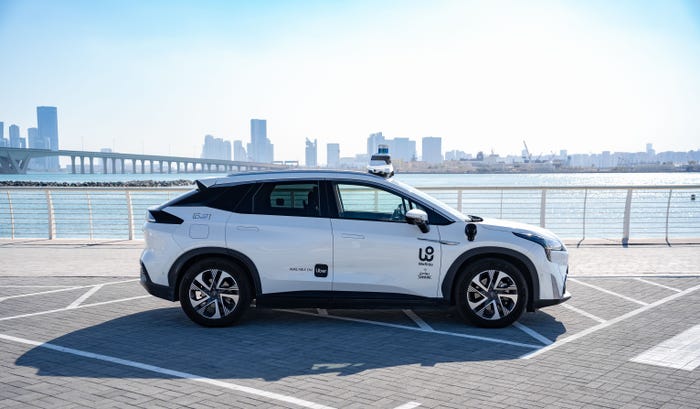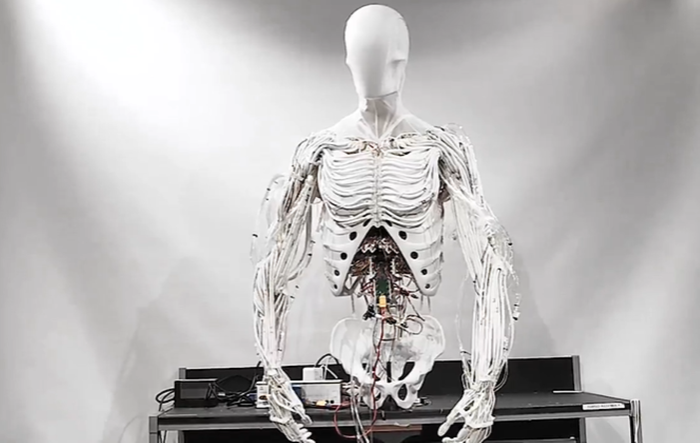Ethical Algorithm Developed for Self-Driving Vehicles
Researchers seek to address how AVs should react when a crash is imminent to ensure a ‘fair distribution of risk among road users’
.png?width=1280&auto=webp&quality=95&format=jpg&disable=upscale)
Academics in Germany have conducted a study that could help address one of the most contentious issues surrounding autonomous transport: when a crash appears imminent, how does a self-driving vehicle react?
Should it behave in a way that protects the occupants above all else? Or are they less important than pedestrians or other road users who could be struck by an AV? When contact and injuries look likely, there is no easy solution in determining who should be protected.
However, researchers at the Technical University of Munich have taken a step forward in terms of answering the dilemma with their paper: “An Ethical Trajectory Planning Algorithm For Autonomous Vehicles.”
In the abstract, they explain: “With the rise of AI and automation, moral decisions are being put into the hands of algorithms that were formerly the preserve of humans. Therefore, we present an ethical trajectory planning algorithm with a framework that aims at a fair distribution of risk among road users.”
Maximilian Geisslinger, a TUM scientist and one of the authors, added: “Until now, autonomous vehicles (AVs) were always faced with an either/or choice when encountering an ethical decision. But street traffic can’t necessarily be divided into clear-cut, black and white situations. Our algorithm weighs various risks and makes an ethical choice from among thousands of possible behaviors – and does so in a matter of only a fraction of a second.”
The algorithm incorporates 20 ethics recommendations published in 2020 from a European Commission group of experts, and is based on five guiding principles, among these the desire to minimize risk and prioritizing those potentially worst affected in a collision, while attempting to treat all those involved equally.
To thoroughly assess the software, the research team looked into 2,000 different simulated safety-critical scenarios – which either occurred in the real world or were manufactured – covering urban, rural and highway environments in locations as diverse as the United States, Europe and China.
The study cites an example of how the enhanced risk assessment facilitated by the algorithm works, describing a scenario where an AV wants to overtake a bicycle, but a truck is approaching in the oncoming lane. Taking the surroundings into account, it weighs up what the risk is for each vehicle, and what risk is posed to the AV itself.
With the new software, rather than simply braking abruptly, the AV waits until the risk to all participants is considered acceptable and avoids aggressive maneuvers, having evaluated all the potential outcomes.
The algorithm is set to be further developed, with the code used in the study available as open-source software and the TUM team intending to test it out on public roads, using a research vehicle, rather than solely in simulations.
About the Author
You May Also Like








